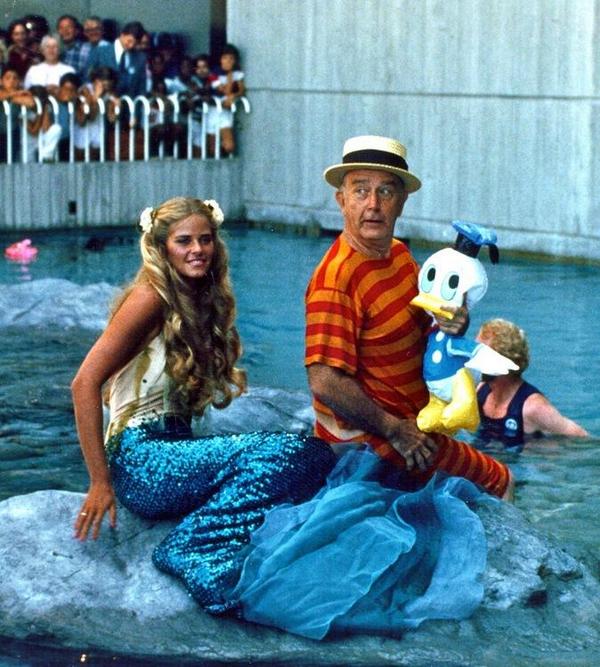Fossa (Fosa)
Cryptoprocta ferox (Bennett, 1833)
Range: Madagascar (except from Central Plateau)
Habitat: Forest (include deciduous forest, rainforest, and spiny forest)
Diet: Small mammals (including lemurs), birds, reptiles, amphibians, insects
Social Grouping: Solitary, Territorial.
Reproduction: Polyandrous. Mating season is September through October; 1-6 (usually 2-4) young are born after a 3 month gestation period. Young are blind and toothless, weigh about 100 grams each. Weaned at 4-5 months old, then venture out of den. Independent at 15-20 months, full adult size at 4 years
Lifespan: 20 years
Conservation Status: IUCN Vulnerable, CITES Appendix II
- Largest living carnivore on Madagascar. Long, slender, cat-like build with blunt face and large, round ears. Head-and-body length 61-80 centimeters with a tail of equal length. Stand 37 centimeters at the shoulder. Weigh 7-12 kilograms. Males are slightly larger than females
- Coat is short, thick, and reddish-brown, though some individuals are almost black, which the Malagasy sometimes regard as a separate species. There are also reports of white fossa, especially in southwestern Madagascar
- Excellent climbers, with semi-retractable claws and very flexible ankles, able to run down tree-trunks head-first. Have been observed swinging upside down from their back legs while grasping branches. Able to pursue lemurs through the trees
- Active by both day and night, with peaks in early morning, late afternoon, and late at night. Females with young may use the same dens for several nights, but otherwise they do not
- Generally considered solitary and territorial, but there has been at least one observation of cooperative hunting, in which three fossa hunted, killed, and shared a sifaka; it is possible that this behavior was more common back when Madagascar was home to the now-extinct giant lemurs
- Male home ranges are up to 26 square kilometers, females about half of that, with some overlap. Home ranges may grow larger in the dry season, when prey is scarcer. Territories marked with scent glands. Typically only aggressive towards each other during the breeding season, when males may fight
- Latin name Cryptoprocta translates to "hidden anus", referring to the small pouch which conceals the anus, and ferox, meaning "fierce" or "wild," referring to the animal's reputation as being very fierce among the Malagasy people. The origin of the common name is unknown - possibilities include posa (Bornean for "cat") or pusa (Malayan for "weasel")
- Along with other Malagasy carnivores, the fossa was once listed as part of the civet family. They are now typically treated as a separate family, Eupleriadae
- Traditionally were greatly feared throughout Madagascar, believed to take domestic animals and even feared as a potential predator of small children. Sometimes killed for bushmeat or for revenge for livestock predations. Primary threat is habitat loss. Can also be impacted by diseases introduced from domestic dogs and cats
- Depicted as the villains in the 2005 DreamWorks movie Madagascar




















